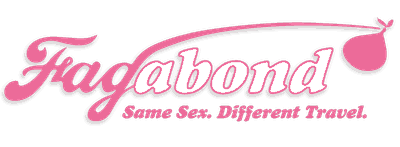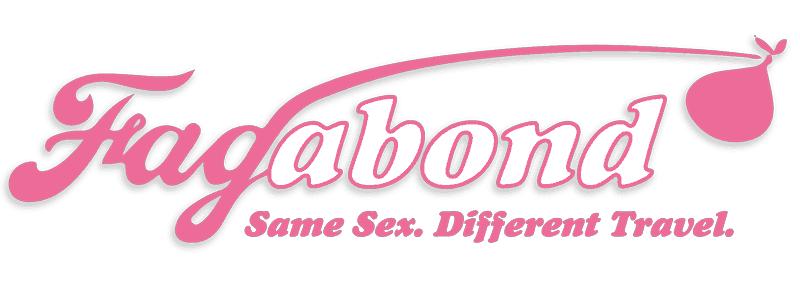
The Broad, it’s called: a snazzy new museum of excellent contemporary art, which just opened in downtown Los Angeles, right across the street from the Museum of Contemporary Art. If that sounds redundant, consider that, a few miles away, on Wilshire Boulevard, the Los Angeles County Museum of Art also features a contemporary collection, as does, a bit farther west, the Hammer Museum. Besides being no more than fifty years old, all these institutions—along with the wondrous Walt Disney Concert Hall, designed by Frank Gehry, which stands next door to the Broad—have in common histories of the patronage and the aggressive, sometimes resented, influence of the billionaire philanthropist and collector Eli Broad.
Few individuals whose surnames aren’t Medici have had such dramatic effect on the art culture of an important city. The new museum crowns a particular passion of Broad’s: to create a cultural center for Los Angeles along a stretch of Grand Avenue, which also boasts the Music Center—home to the Disney hall and three other venues—and the High School for the Visual and Performing Arts. The words “Los Angeles” and “center” consort oddly, especially since the city’s ever more apocalyptic traffic further dulls the local citizens’ never ardent yen to venture out of their usual ways. Nor does Grand Avenue feel like anybody’s idea of an agora. There are busy Latino and Asian neighborhoods nearby, but, after hours, you don’t encounter many people in the spottily gentrified downtown area (and a considerable number of those you do are homeless). At any time on the avenue, even cars are relatively sparse. Yet the dream of culture-craving throngs persists. The Broad offers free admission. Synergistically, moca has eased tense relations with its chief patron to grant free yearlong memberships to all who visit the Broad during the first two weeks. (Broad bailed out the foundering institution in 2008, but the director he selected departed under a cloud of acrimony, two years ago.)



